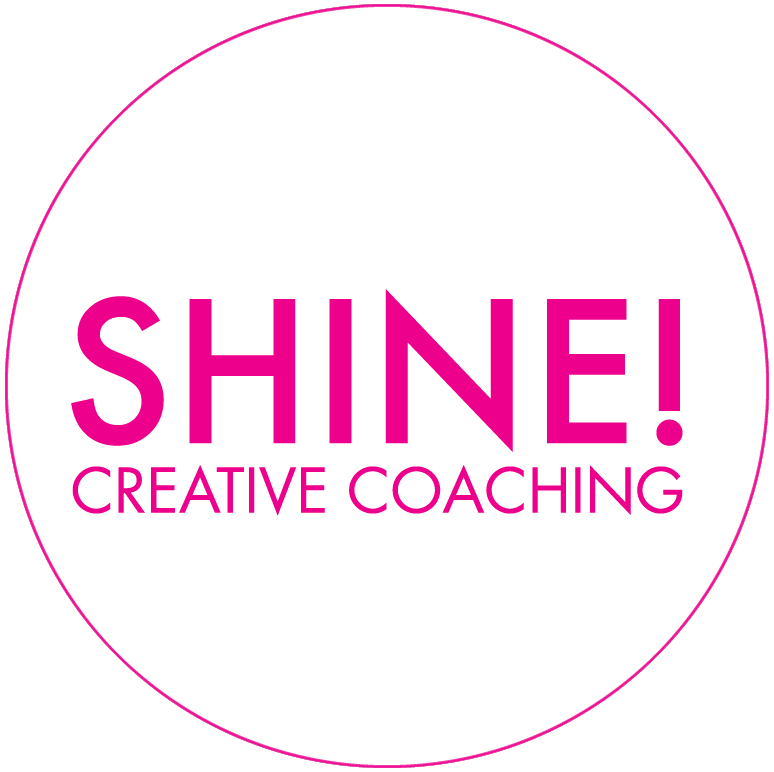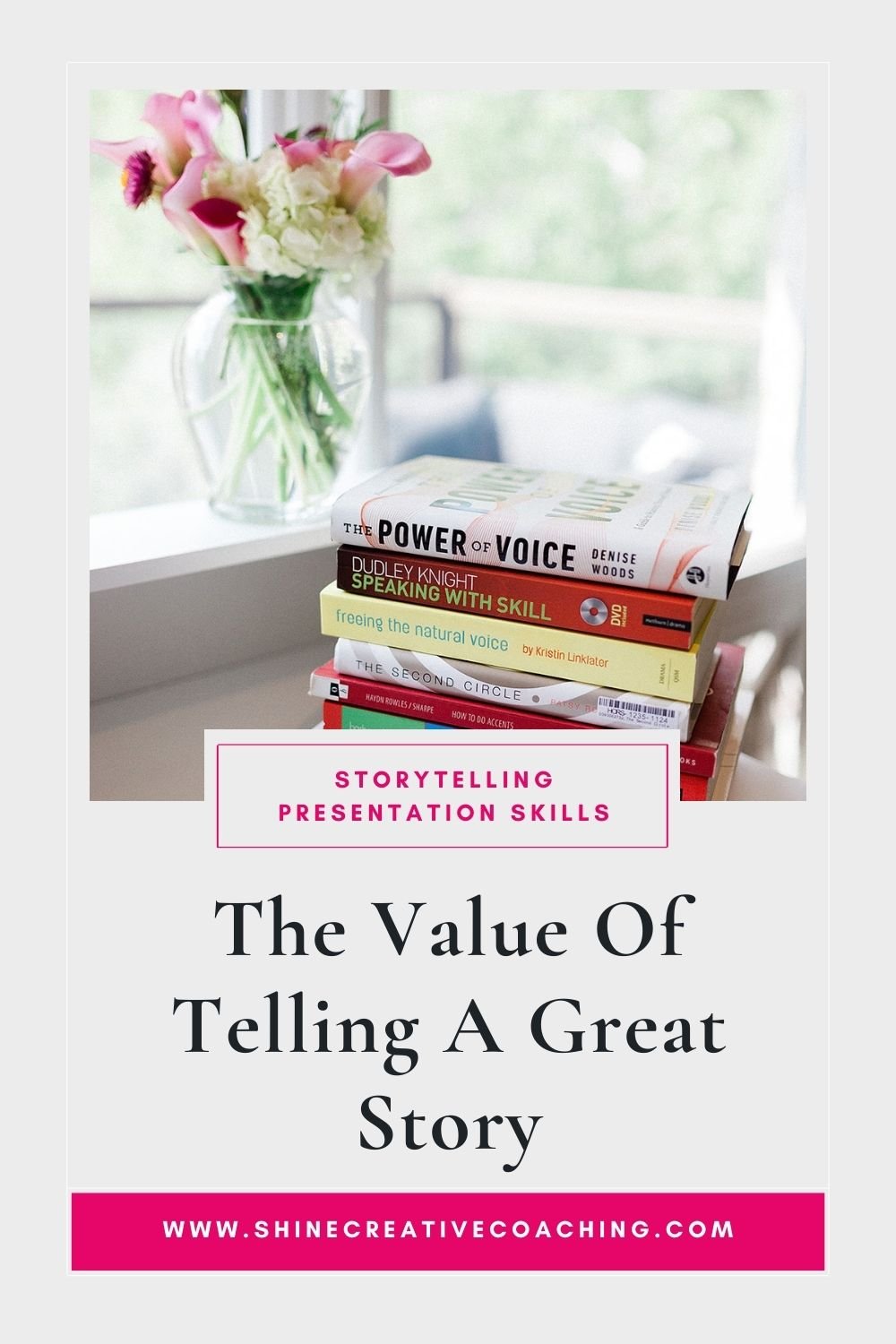The Value of Telling a Great Story
PIN ME FOR LATER!
If the idea of standing up in front of a room full of strangers and telling them about your day fills you with dread, but you have no problem recapping the highlights of your commute to a group of friends, maybe it's time to talk about how you think of public speaking.
A speech feels daunting. There's a lot of pressure…
Sharing an anecdote with people you know and trust feels like a fun way to spend a Friday night.
The difference might be that a professional talk feels like a task, while telling someone about why you love your job feels like telling a story.
Everyone loves a good story, both the teller and the listeners.
The Value of Story for Public Speakers
If you google "Why brains love stories" you get 51 million results. That's a lot of people spending a lot of time thinking about what happens in the brain when you're telling or listening to a story. It's also a lot more people trying to figure out how to use stories to make money.
Don't believe me? Think about your favourite commercial. The Budweiser ad where the puppy and the Clydesdale are best friends? That's a story. The Amazon ad where the priest and imam send each other matching knee pads? Also a story.
If either of these examples immediately brought an image to your mind, or made you remember how you felt the first time you watched the ad, those memories are more vivid than sharing basic information about how beer is made or how Amazon manages their logistics because stories not only engage listeners on an intellectual level but they also engage listener emotions.
Structuring Your Talk Like a Story
Great speakers often use stories in one or two powerful ways. The first, and easiest to tackle for many people, is to start your talk with a story to create rapport with your audience, before getting down to the hard information of numbers, data, or sales pitches.
In this talk, Shawn Achor is here to tell us about how mindset impacts your potential for professional success, but he starts with a childhood anecdote about playing with his sister. He then refers to elements of the same story throughout his talk, which is a great way to re-engage listeners.
For those speakers who aren't confident they have a family story as entertaining as Shawn and his sister the unicorn's, the other approach is to structure your entire talk as a story. This method works just as well for a sales pitch as it does a quarterly financial update. Yes, even numbers are stories.
Basic story structure crosses history and boundaries. A child of uncertain parentage becomes a chosen leader who will help save their people in the fight against dark forces. We could just as easily be talking about Jesus, Buffy the Vampire Slayer, or Harry Potter.
By using common signposts in your talk, you'll create a narrative that is easily recognizable to your listeners. They already have an idea of where the story is going, and so they keep listening. Without those signposts—think about your grandmother telling a story that doesn't seem to go anywhere at Christmas dinner—listeners get bored and their attention wanders.
Consider your favorite TED Talk.
If you don't have one, you can use Shawn Achor's talk above, or pick from our list of favorite talks here. Listen for the basic story structure.
Set the situation. This could be as simple as saying "We're here to discuss Q4 results" or laying out the problem facing potential customers that you're here to solve.
Identify the contributing factors. What went into your financial performance? What opportunities were explored when developing a new product? What challenges is your team facing?
Provide a finding or conclusion. "As a result, profit is up this quarter." "Our services will make your life easier." "We need to revisit the design and think about improving performance."
Talk about the future. While traditional storytelling often stops at the Happily Ever After, if your audience is engaged, they will be happy to listen as you discuss next steps, action items, or opportunities for growth.
This simple structure works for everything from a sales pitch to the scientific method. By thinking about your talk as a story, instead of treating it like a deck of slides you have to get through in the allotted time, you'll immediately become a more engaging and confident speaker.
What's Your Story?
If you're ready to explore how to take your next talk from boring to brilliant, shoot me an email. We'll start by sharing the story of what parts make you nervous, and then write an even better story where you keep listeners on the edge of your seats from beginning to end.


